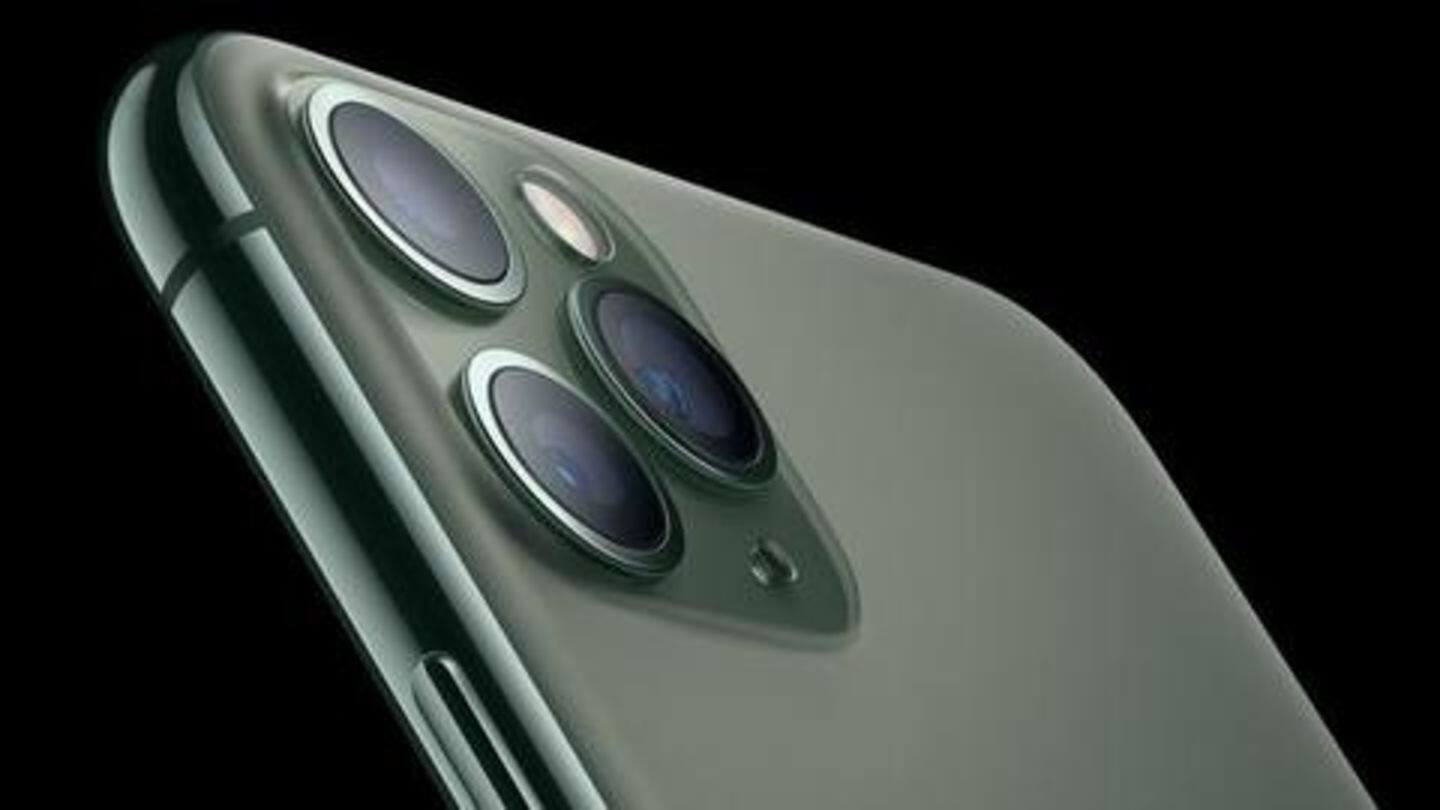
Apple's iPhone 11 family will warn on detecting third-party screen
What's the story
After issuing a number of warnings asking iPhone users not to go for third-party repairs and parts, Apple will now use its devices to do the nagging. The Cupertino giant has said that the new iPhone 11 family will issue a warning message in case a user gets an original display replaced with a third-party panel. Here's all you need to know about it.
Message
What kind of message iPhone 11 lineup will show
In a recently published support document, Apple has noted that its iPhone 11, iPhone 11 Pro, and iPhone 11 Pro Max will show a warning message after detecting a non-genuine display. "Unable to verify this iPhone has a genuine Apple display," the important display message will read. It will first appear as a notification for four days, and then move under 'About' in Settings.
Important
Older iPhones will not show the warning
The warning message would come handy if a person gets their iPhone's screen replaced from a party that "appears" Apple authorized but is actually not. However, do note that the capability has only been announced for the new iPhone line-up and those with older devices, even last year's iPhone Xs, Xs Max, and Xr, won't see the message.
Similar message
Apple displays similar message for battery too
Meanwhile, a few months back, Apple had rolled out a similar kind of message for the battery of iPhone Xr, Xs, and Xs Max. But, the thing is, it wasn't just a notification; it even disabled the battery health information and statistics on the iPhone. The new message, on the contrary, doesn't interfere with the display even if it's detected as not genuine.
Reason
Why Apple advises against third-party displays?
The same document also mentions why Apple doesn't want you to go for a third-party display. It says that unauthorized repairman may not follow proper procedures, which, in turn, can cause issues with multi-touch, color calibration, True Tone, or ambient light sensor. Sometimes, they can even leave screws and other parts loose, which may damage the battery or cause excessive overheating.